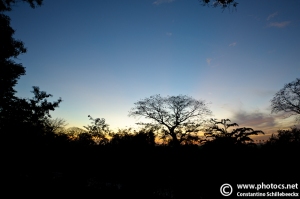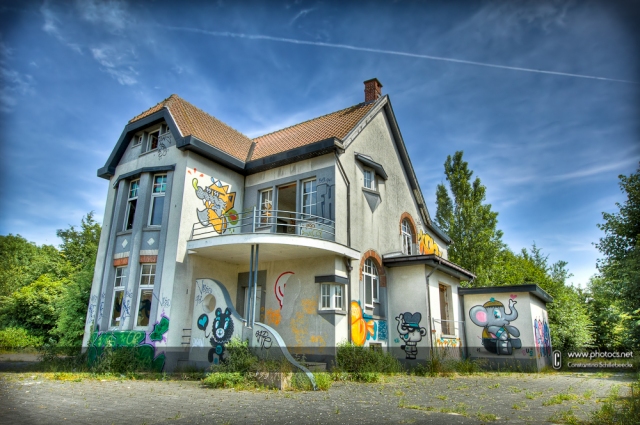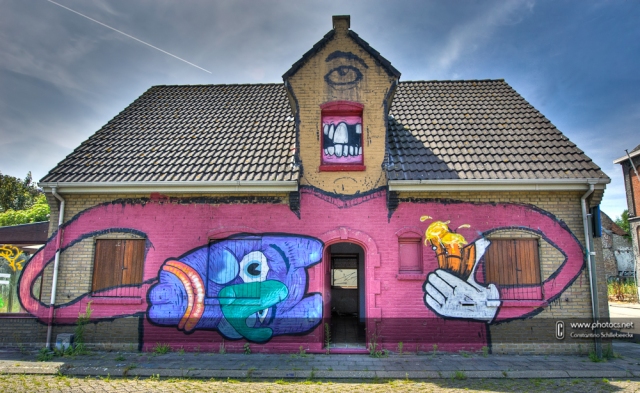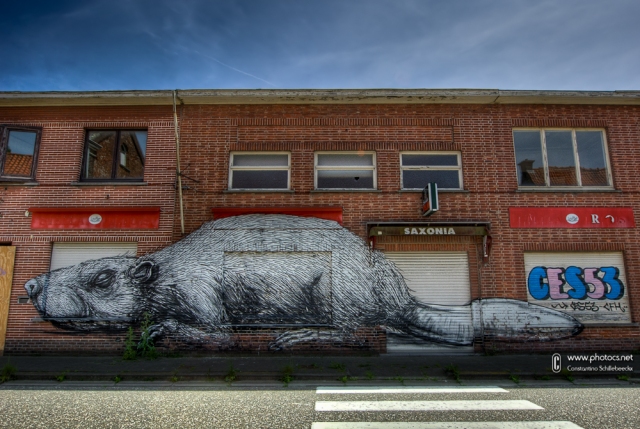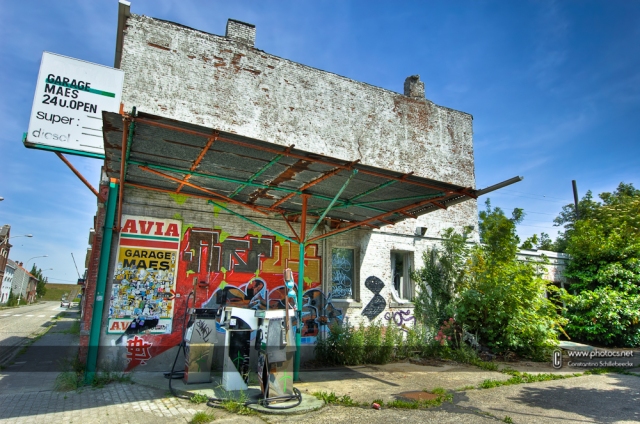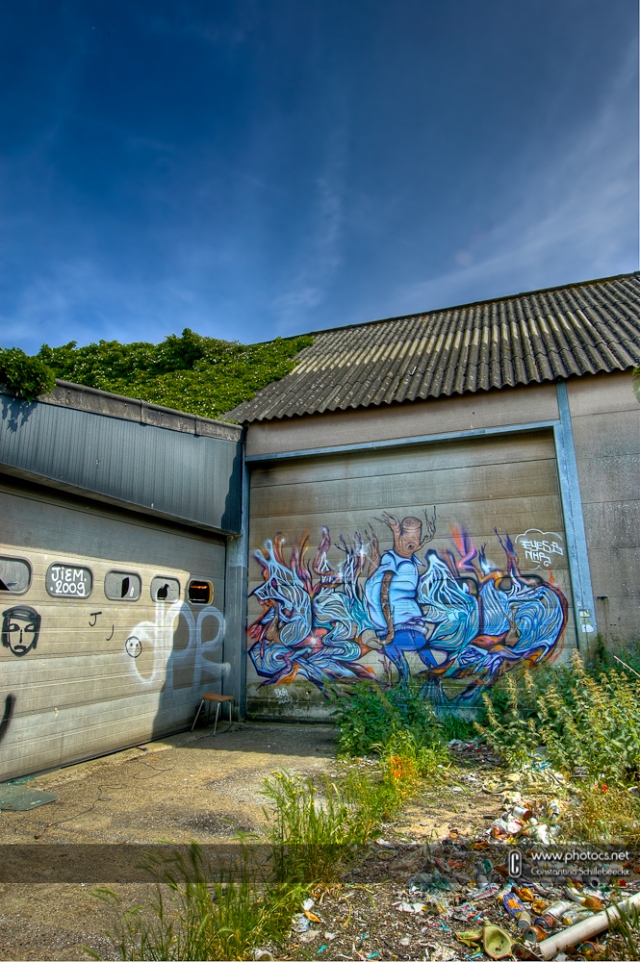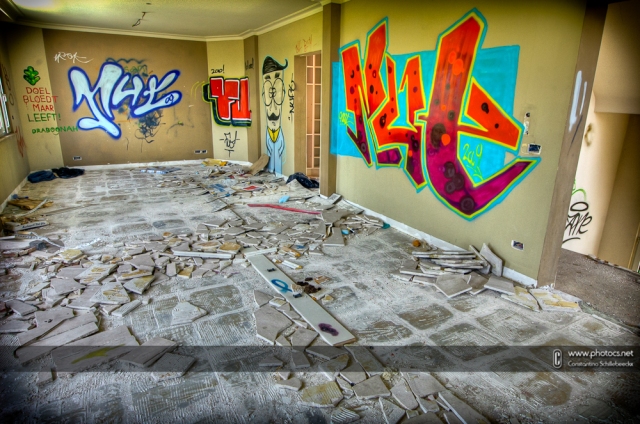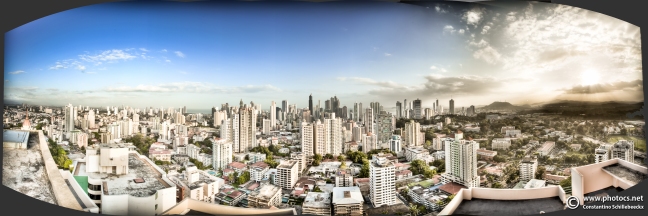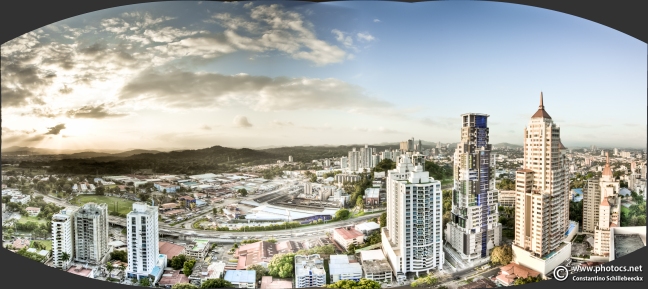My interviews with the people of the La Isla community have begun; the aim being to give a voice to the workers at Ingenio San Antonio, the Nicaragua Sugar Estates Limited plantation currently employing these people.
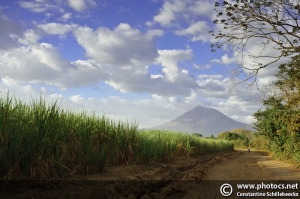
CAO (Compliance Advisor/Ombudsman), the independent recourse mechanism for the IFC (International Finance Corporation), is setup to handle official complaints by local communities who believe they are being negatively impacted by the IFC: in this case a $55 million loan to the Nicaragua Sugar Estates Limited (NSEL). Through the work of Boston University, a preliminary study has recently been completed describing the work conditions and work procedures at Ingenio San Antonio (ISA) as well as a literature study of of the herbicides and pesticides used there.

I’ve talked to three people so far, asking them to give me their story and listening to their accounts of the work conditions they must deal with; what follows is only part of the entire stories each of these workers shared with me.
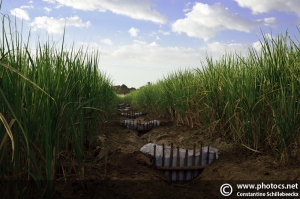
According to two of the workers I interviewed, “ISA does not claim any responsibility for the health of its employees”, especially if they get sick on the job. ISA runs medical screenings at the start of every zafra (season) to check for any health inconsistencies, specifically high levels of creatinine (definition of chronic renal insufficiency/reduced kidney function). If the job applicant has a level which is deemed too high (above 1.2 mg/dL), he is put on a black list prohibiting him from ever working at the plantation. They further told me that company policy stipulates that if a worker becomes sick and has not acquired a total of 120 work weeks (~5 zafras), he/she is not eligible for any work compensation or medical benefits from the company. On more than one occasion, I have heard stories of men becoming sick after completing barely one season or becoming sick after several years of hard work yet not reaching the 120 work week limit; in both these cases ISA does not have to pay out of pocket for any of the health damage acquired at work.
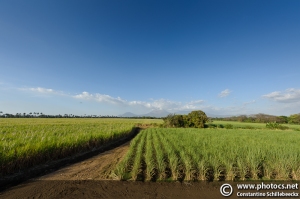
The sugar cane zafra starts in November and runs through April, the hottest months of the year in Nicaragua where temperatures reach over 40C (104F) and humidity can range from 25-75%. Most of the work is done, naturally, outside where little to no shade is available to workers. From the workers I’ve talked to, typical days of work begin at 6:00am and can end anywhere from 11:00am (at the earliest) to 3:00-5:00pm. When asked about the amount of breaks workers are allowed to take, the response was unanimous: “none”. If work goes late, into the afternoon, the only break taken is at lunch, which is normally taken under the sun. The United States Occupational Safety and Health Administration (OSHA) mandates, at these work temperatures and heavy work loads, that workers work 15 minutes and then rest for 45 minutes every hour.
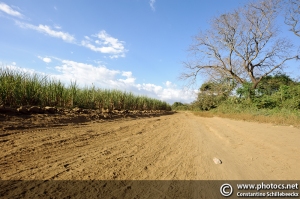
Dehydration is a severe problem in these work conditions; an acclimated worker can lose 2-3L of sweat per hour. Workers thus bring their own water, volumes anywhere from 4 to 8 liters, which accordingly can serve only about 2-4 hours at the most. ISA states that water is provided to the workers on the bus that takes them to the work fields. From what the workers personally told me, “no, they do not provide water if we run out”; when a large tank of water is available on the bus for other workers I was told that, it is either not filled completely or the water is not changed for fresh water even after over 3 weeks. Natural rivers flow near the fields and irrigation is used to help the plants grow; however these sources, I was told, are all polluted with the herbicides/pesticides used in the fields. The workers told me that this does not, however, prevent them from drinking from these sources when they run out of water or when ISA does not provide them with more. On several accounts, I was told that the water used to irrigate the sugar cane fields is run-off from the factories as well as sewage water from the nearby city. Additionally, 3 bags (250mL) of an electrolytic solution is passed out daily for the workers to combat dehydration.
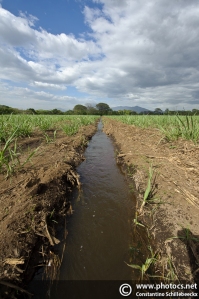
Before being harvested, the sugar cane fields are burned in order to burn off anything green that isn’t part of the stalk, and to begin crystallizing the sugar within the cane. As a consequence, any of the chemicals present in or on the plants become airborne as black ash that, if the winds are right, will blow into the villages which are often only a stone’s throw away. Normally, fields will be burned at 8-11pm and then cut the following day by the cane cutters; sometimes the cutters will come into the field as the field is still burning. They’ve noted to me that working in these conditions is difficult as it is a very dusty environment and they work without any breathing or eye protection. The dust and ash often enters into their nasal cavities and lungs causing irritation. At the end of the day, workers are black, head to toe; a staining color that takes over two weeks to get off of the skin.
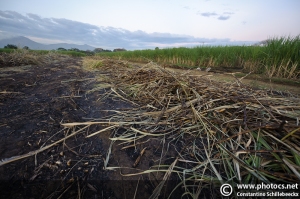
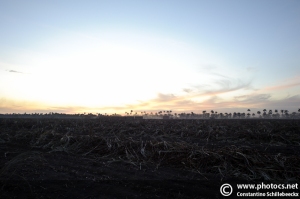
In closing this blog, I’d like to ask anyone reading this, if they have any contacts that could help put this story into the greater media. Newspapers, magazines, websites, etc; if you’d like to help spread the word, please send me a message.
